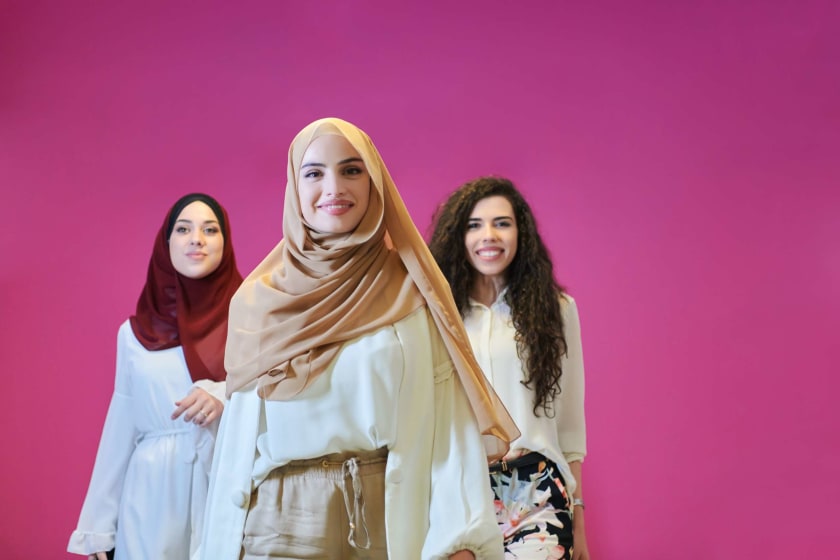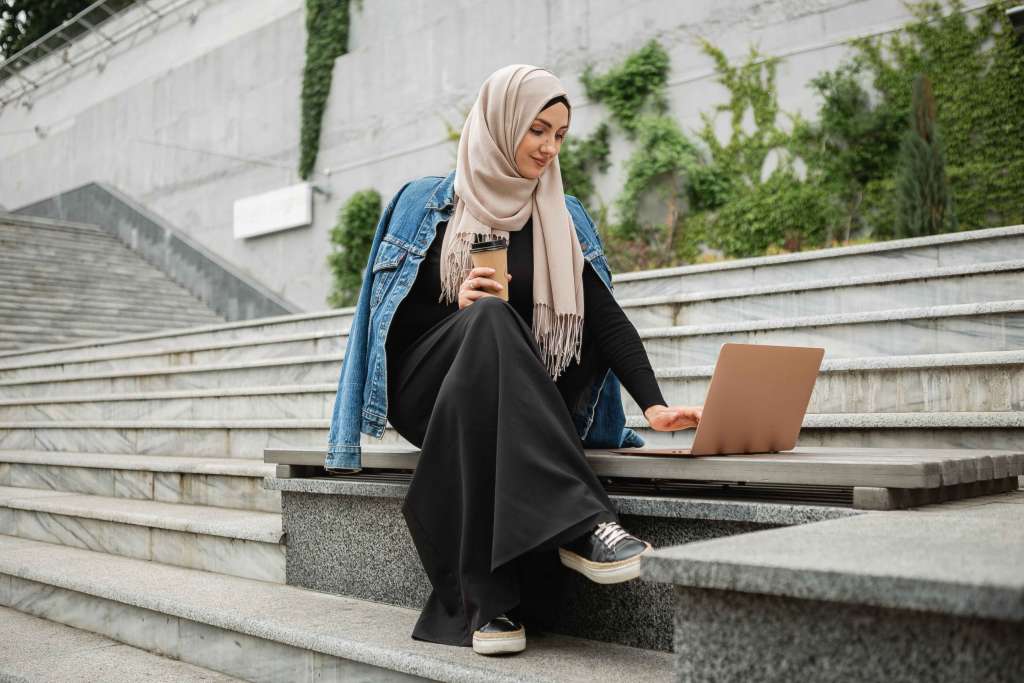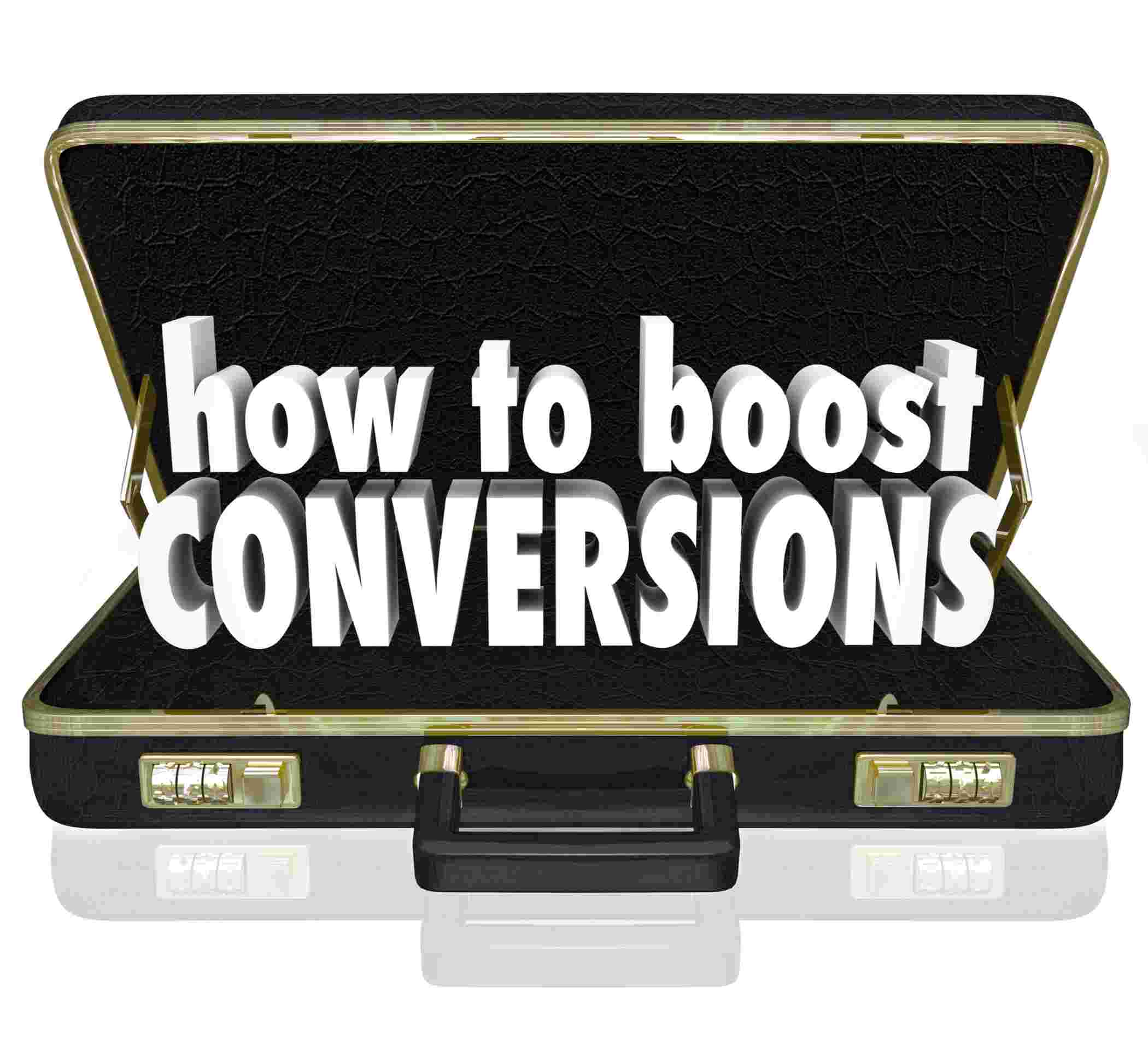Fashion in the Middle East



Introduction
Middle Eastern Fashion is well known for its uniqueness in Arabic styles and culture. Western and traditional wear are both parts of Middle Eastern countries' attire. Uniqueness is the key feature of Middle East Fashion clothing. However, in some countries in the Middle East, wearing western dresses is still against the law. Women wear hijabs and also some ethnic clothes for maintaining decorum. Perhaps even more so than in the West, the clothing industry in the Middle East is significant.
The wearer's area, socioeconomic class, and personality are all shown through their clothing in a variety of ways. A core moral value is also implied by the choice of a particular article of clothing. For instance, some Arabs more or less deliberately believe that while women without hijabs are more morally lax and open-minded, those who wear hijabs are more respectable since they are more religious. As a result, clothing in the Middle East is a fashion statement in the same way that it is in the West, but it has a deeper social and moral component.
Each Middle Eastern nation's cultural identity continues to be fundamentally influenced by its clothing traditions. The Levant and North Africa are two nations that have adopted Western dress trends, but Saudi Arabia and Yemen continue to prefer traditional clothing.
The Middle East Fashion Market
The MENA (the Middle East and North Africa) fashion industry is worth $55 billion in the year 2022. People in MENA are projected to spend twice as much on fashion than those in the US and China. With an innovative fusion of western and traditional styles, the region offers lucrative prospects for fashion labels.
The fashion and luxury industries have always found the Middle East to be a significant market. Services associated with fashion are given a chance to enter the market and thrive in the next few years as the Middle East's fashion industry continues to expand. The latest fashion trends and styles are promoted by a number of Middle Eastern journals. The leading Middle Eastern fashion publications that cover the most recent glitz and high fashion trends are also highly circulated.
One of the main factors contributing to the allure of logos and expensive goods in Middle Eastern culture is the value placed on appearance. As a result, this region has a wide variety of fashion periodicals to satisfy the interests of those who are interested in fashion. Without fashion publications, the fashion industry would actually be lacking.
The way of life has changed in some areas of the Middle East and this is evident in changing tastes in fashion. Several factors, like higher exposure to Western cultures through travel and social media, affect a change in people's mindsets. Residents of the Middle-Eastern nations are now looking beyond brand logos to find their style, identity, and social standing.
What do people wear in the Middle East?
There is a cultural significance to clothing in the Middle East. Women usually dress in their traditional wear, which includes the abaya, niqab, hijab and salwar. Keffiyeh and long tunics are popular among males. Given the Middle East's typical desert climate, this article of clothing is crucial for shielding individuals from the sun, sandstorms, and the sharp drop in temperature overnight.
The Dubai Design and Fashion Council predict that by the end of 2019, the Middle East and North African fashion industry, which is expanding at a compound annual rate of 6%, will be worth $55 billion. Other factors that have boosted the market include efforts to expand tourism in Saudi Arabia, the development of women's purchasing power, and changing customer preferences.
Limitations on women's clothing
In some Middle Eastern countries, women are required to wear clothing that covers their bodies when in public, as per their religious tradition. Their attire consists of the Abaya, a black overgarment, the Hijab, and occasionally the burqa.
The majority of women cover their heads with a hijab, while some also wear jilbabs, abayas, or even niqabs, while some older males are still seen wearing keffiyehs and long tunics. Formerly, traditional clothing was renowned for the excellence of its textiles and the exquisiteness of its embroidery, which was frequently done in red and black.
Common preconceptions regarding Arabic attire

Long before BRIC countries and other growing nations came under the limelight for their penchant for luxury brand names, the Middle East was a lucrative region of the world for the fashion and luxury industries.
The prevalence of logos and luxury items as the primary outward indicators of status in Middle Eastern culture is primarily due to the considerable value placed on appearances in this region. Before explaining the origins of different clothing in the Middle East, we must first dispel some myths about Middle Eastern attire, particularly the Hijab.
1) Is the Hijab a head covering?
Yes. Many Muslim women cover their heads with a headscarf known as a "hijab." In addition, the term "hijab" describes the short veil used by women to cover their heads. A woman's shoulders, chest, and sometimes her neck are covered by the hijab, which is a headscarf. The burqa is a cloak that exists in a number of styles, but normally completely encloses a woman's face and head in addition to possibly covering most or all of the rest of her body.
2) Is Hijab worn by all Arab women?
No. This statement is incorrect for two key reasons:
- Some Muslim women choose to don the Hijab, while others prefer to leave their hair and face uncovered.
- Because some Arab women are Christian or Jewish, they might not adhere to the same dress codes.
3) Is only one type of veil used?
The term "veil" covers a wide range of materials, lengths, and styles. There are various types of veils that women don as an essential fashion statement as well as a religious or cultural marker of belonging to a certain community.
Informal and formal dress codes
Even though the Middle Eastern region generally witnesses scorching temperatures, Arab women nevertheless dress according to custom. The younger females in the household are permitted to wear western clothing at home.
Visitors, especially foreign women, are not restricted in terms of their clothing choices unless those choices violate Arab cultural norms for modest dressing. While it is advised that male tourists refrain from wearing shorts or sleeveless shirts while walking through the streets, these guidelines are now getting a bit relaxed.
Both men and women should dress professionally when attending business meetings. Women should wear below-the-knee skirts or pants and a full-sleeved shirt. These should always be worn to ensure that the elbows are always covered.
The e-commerce boom
Leaders in local commerce, including Ounass, The Modist, Namshi, Omnichannel, and Pure Players, are already vying for investments in e-commerce. Virtual marketplaces like Amazon, Farfetch, and numerous others are doubling down their focus on expanding in the Middle East.
MENA fashion in the future
In the coming years, Western and American cultures will have a greater influence on how people dress in the Middle East. However, it may well be the case that Middle Eastern and African countries will also maintain their traditional customs alongside influences received from the West.
Future generations will undoubtedly look forward to the exciting innovations combining western fashion with their own culture and ethos. Fashion marketers are keeping an eye out for opportunities that are emerging in the global fashion business.
Conclusion
With innovative ideas, well-known labels, and designers breaking into the MENA fashion scene, Middle Eastern fashion is growing. Talented professionals from a variety of backgrounds are working on this subject, learning from their studies and experiences abroad, applying them to their own work, and finding inspiration in the area.
Some countries, notably the United Arab Emirates and Dubai, understand the importance of this business and are enhancing their communities by nurturing talent and assisting the sector.

Middle East Fashion has uniqueness in its style. If you are looking to explore opportunities to grow your business there, then Fashinza is the place for you.



















